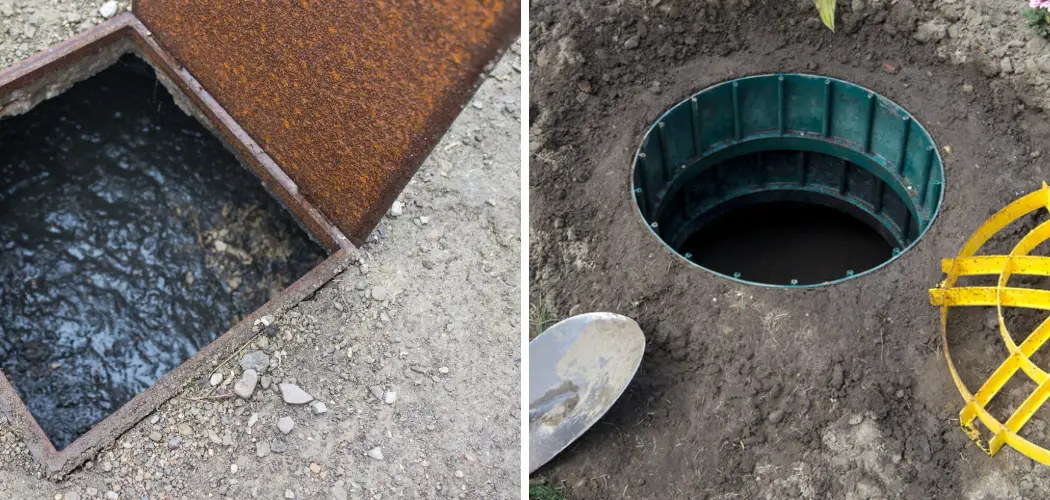A septic tank is a crucial component of your home’s plumbing system, responsible for storing and breaking down waste from your property. It is important to keep your septic tank properly maintained, as a full tank can lead to various issues like sewage backups, slow draining sinks, and foul odors. However, it can be difficult to tell when your septic tank is full and in need of pumping, especially if you’re a new homeowner. In this blog post, we’ll discuss some tips and tricks on how to tell if septic tank is full.
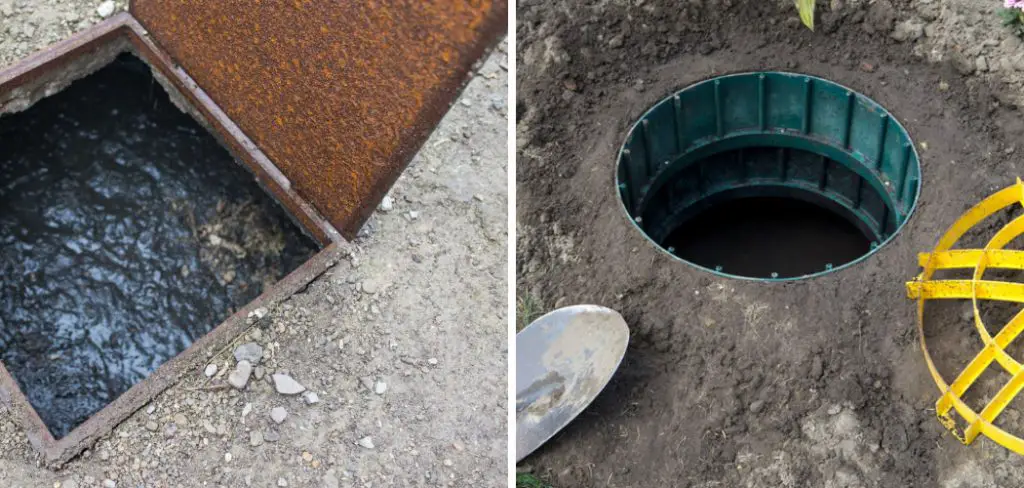
Can You Tell if A Septic Tank Is Full?
A septic tank may not be the most glamorous topic, but it’s definitely an important one. As homeowners, it’s our responsibility to ensure our septic tanks are functioning properly to avoid costly and messy disasters. One of the first things that may come to mind is how to tell if a septic tank is full. Unfortunately, it’s not as simple as just looking at the tank.
But don’t worry; there are some signs to look out for that can indicate a full tank. Keep an eye (and nose) out for backup in your drains, slow drainage, foul odors, and standing water around the tank. Taking preventative measures and regular maintenance can help prevent a full tank and keep things running smoothly.
Why Is It Important to Identify if A Septic Tank Is Full?
Taking care of a septic tank is an essential responsibility for homeowners. One of the most critical things you can do for your septic system is to identify when it becomes full and needs emptying. Many homeowners may not realize that their septic tank is full until it backs up into their home, causing major damage and inconvenience. Once your septic tank is full, it can cause various issues, including blocked pipes, poor drainage, and sewage backup.
Not only can this be messy and costly to clean up, but it can also lead to health hazards and environmental contamination. Regularly checking and emptying your septic tank can avoid many of these problems and save you the hassle and expense of repairs. Keeping your septic tank in good condition also ensures that it operates correctly and efficiently, protecting your home, your wallet, and the environment from unnecessary harm.
How to Tell if Septic Tank Is Full – 7 Tips and Tricks
1. Check the Toilet
The water level in your toilet bowl can act as a good indicator of whether or not your septic tank is full. If you notice that the water level is higher than usual or if the water has trouble flushing, it could be because your septic tank is full. Also, if you hear gurgling sounds coming from your toilet after flushing, it could mean that your septic tank is having trouble draining.
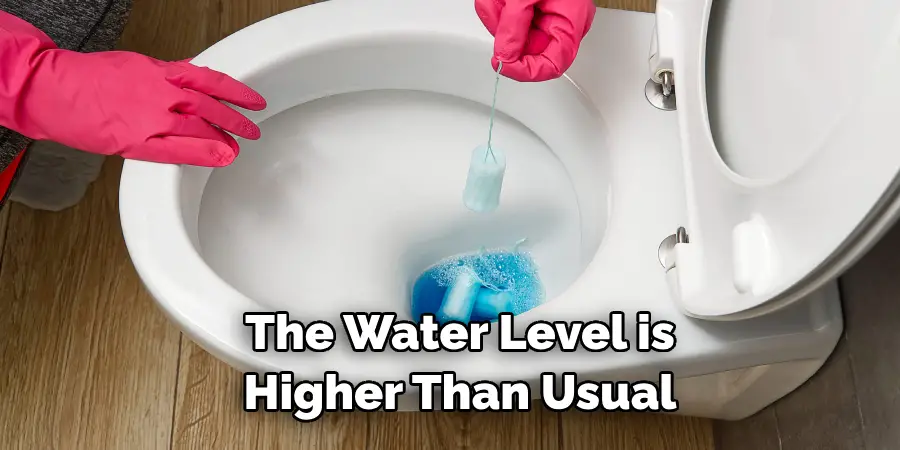
2. Look for Soggy Spots
If you notice soggy spots on your lawn or around your septic tank, it could be a sign that it is full. A full tank can cause your wastewater to overflow, resulting in puddles and wet spots in your yard. If left unchecked, it could result in a bigger problem, like a complete system failure.
3. Slow Drains
Another sign of a full septic tank is slow drains in your home. If you notice that water is draining slowly in your sinks, showers, or bathtubs, it could mean that your septic tank is full and can no longer handle the amount of wastewater being produced. This is a telltale sign that you need to have your septic tank pumped.
4. Foul Odors
A septic tank that is filled can produce foul odors that can be hard to ignore. These odors are caused by the buildup of gasses like methane and hydrogen sulfide, which can be dangerous in high concentrations. If you notice strong, unpleasant odors around your septic system, it’s best to have it inspected by a professional.
5. Keep a Maintenance Record
Keeping a maintenance record of your septic tank can help you determine when it’s time to have it pumped. A general rule of thumb is to have your septic tank pumped every 3 to 5 years, depending on the size of your tank and the number of people living in your home. By keeping track of when your septic tank was last pumped, you can better plan for routine maintenance and avoid potential problems down the road.
6. Watch Your Water Usage
Being mindful of your water usage can help determine if your septic tank is full. If you notice that your household is using more water than usual, it could be a sign that your septic tank needs to be pumped sooner rather than later.
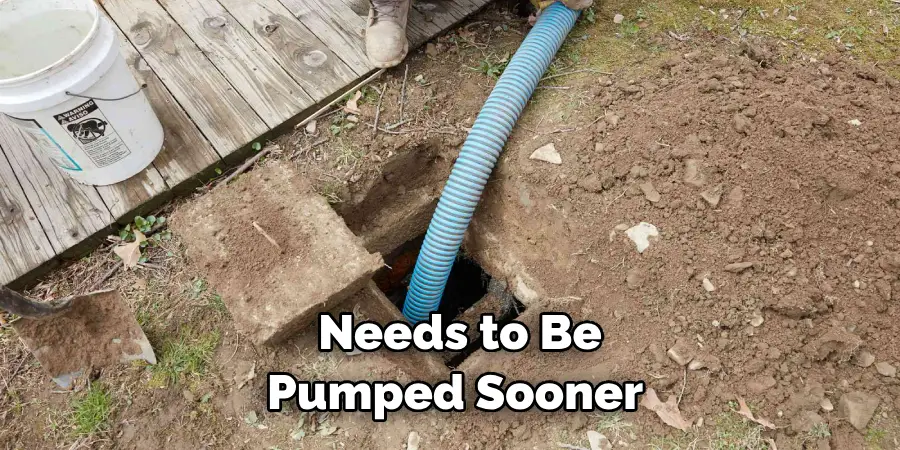
7. Get Regular Inspections
Regular inspections by a professional can help you catch any potential problems with your septic tank before they become bigger, more expensive issues. A professional will be able to check the levels of waste in your tank and determine if it needs to be pumped or repaired. Having your septic system inspected at least once a year is recommended.
5 Considerations Things When You Need to Tell if Septic Tank Is Full
1. Odor
The most obvious sign that your septic tank is full is the presence of an unpleasant odor coming from the area. If you notice a foul smell in the air, it’s likely that your septic tank is full and needs to be emptied. This odor will become more pronounced as time goes on, so it’s important to address any odors as soon as possible.

2. Slow Drains
If your drains take longer than usual to drain, this could be a sign that your septic tank is full. When the tank becomes too full, wastewater has difficulty flowing through the pipes and can cause slow drainage in both sinks and toilets. It’s important to address this issue quickly, as slow drainage can eventually lead to backups and other serious problems.
3. Pooling Water
Another sign of a full septic tank is pooling water around the drain field or near the house. This occurs when wastewater overflows from the tank and pools on top of the ground instead of draining away properly. If you notice pooling water around your property, it’s likely that your septic tank is full and needs to be emptied right away.
4. Gurgling Sounds
If you hear gurgling sounds coming from your plumbing fixtures, this could also indicate that your septic tank is full. As wastewater backs up in the pipes, air bubbles can form, creating a gurgling sound when they escape through faucets or drains. A foul odor often accompanies this sound, so if you notice either one, it’s best to contact a professional right away for help with emptying out your tank.
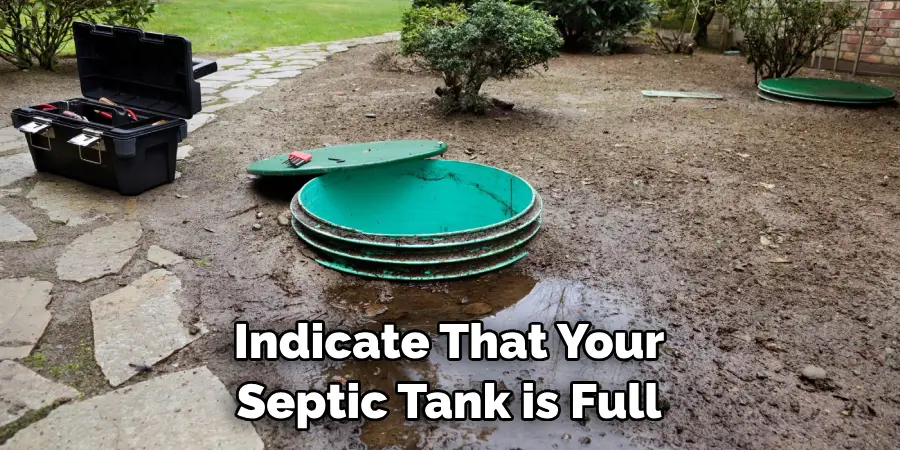
5. Backup in Plumbing Fixtures
Finally, if all else fails, you may need to check for backups in your plumbing fixtures and throughout your home’s piping system for further signs of a full septic tank. If wastewater begins backing up into sinks or toilets, then there’s no doubt that something isn’t working properly and needs to be addressed immediately before any further damage occurs due to flooding or contamination of drinking water supplies
6 Common Mistakes People Make When Trying to Tell if a Septic Tank Is Full
1. Not Checking the Tank Regularly
One of the most common mistakes people make when trying to tell if a septic tank is full is not checking it regularly. It is important to check your septic tank at least once a year, as this will help you identify any potential problems before they become serious issues. Additionally, regular inspections can help you identify any necessary repairs or maintenance that may be needed to keep your septic system running properly.
2. Not Cleaning the Drain Field
Another mistake people make when trying to tell if a septic tank is full is not cleaning the drain field periodically. The drain field helps to filter out solids and other contaminants from the wastewater before it enters the environment. If the drain field becomes clogged or contaminated, it can cause sewage backup and other problems with your septic system. Therefore, cleaning your drain field at least once every three years is important to ensure it is working properly.
3. Not Testing for Bacteria
It is also important to regularly test for bacteria in your septic tank to determine if it is full or not. Bacterial growth can increase organic matter and solids, which can cause blockages and other problems with your septic system. Therefore, testing for bacteria regularly can help you identify any potential issues before they become serious problems.
4. Ignoring Warning Signs
Ignoring warning signs such as slow drains or foul odors coming from drains or toilets can be another mistake people make when trying to tell if a septic tank is full. Slow drains and foul odors are usually indicators of an issue with your septic system, so it’s important to address them promptly to prevent further damage or costly repairs down the road.
5. Not Pumping Out Your Tank When Necessary
Not pumping out your tank when necessary is another common mistake people make when trying to tell if a septic tank is full. Septic tanks need to be pumped out every 3-5 years, depending on usage levels and soil type, so it’s important to keep track of when yours was last pumped out to prevent backups and other issues with your system.
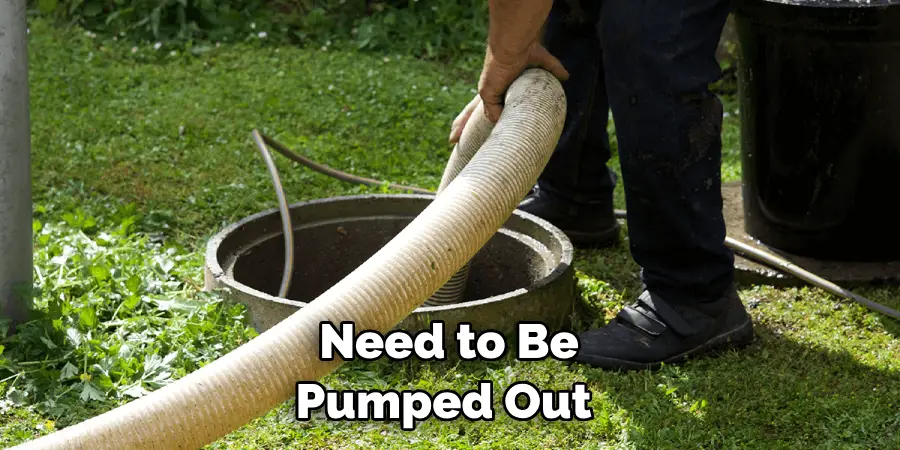
6. Overusing Water Softeners
Finally, overusing water softeners can also lead to a buildup of sludge in your septic tank, which can cause blockages and other problems with your system over time. Therefore, it’s important not to overuse water softeners when determining if a septic tank is full, as this could potentially cause more harm than good in the long run.
Conclusion
Your septic tank is an important component of your home’s plumbing system, and it’s crucial to keep it properly maintained to avoid potentially costly issues. By keeping an eye out for signs like slow drains, foul odors, and soggy spots, you can determine when it’s time to have your septic tank pumped.
It’s always better to be proactive and have your septic tank inspected by a professional before it’s too late. Remember to keep a maintenance record of your septic tank so you can better manage routine maintenance and avoid potential problems down the road. Thanks for reading our post about how to tell if septic tank is full.

